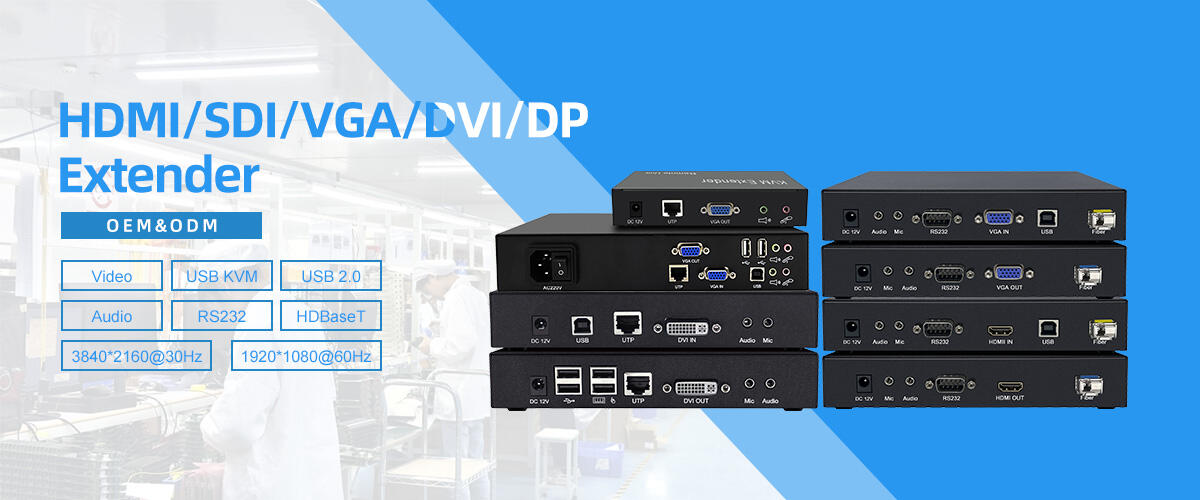HDMI: High - Definition Multimedia Interface Technology
HDMI (High - Definition Multimedia Interface) is a digital video/audio interface technology. It can simultaneously transmit high - definition video signals and multi - channel audio signals. Widely used for connecting devices such as high - definition TVs, computers, game consoles, and Blu - ray players, it provides high - quality audio - visual transmission, supporting various resolutions and audio formats.
Get A Quote
